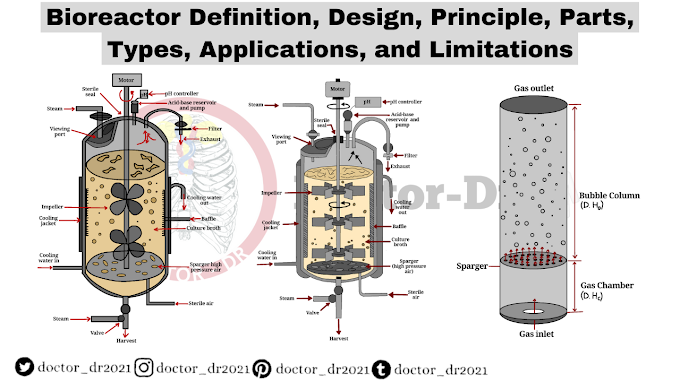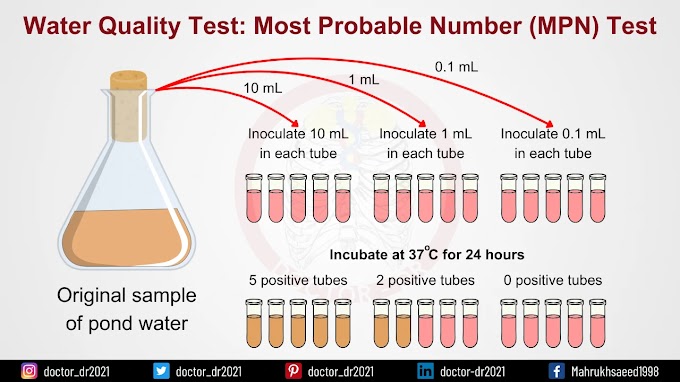Table of Contents
Definition
The Acree-Rosenheim Test is a biochemical assay used to identify tryptophan in protein samples. It also serves as a crucial test for detecting formaldehyde in milk, as some milk vendors use formaldehyde as a preservative. This test helps determine whether surplus milk has been adulterated or remains fresh. A simplified version of this test involves heating milk with concentrated hydrochloric acid (HCl) to detect formaldehyde. Since the test is based on aldehyde detection, it is also referred to as the "aldehyde test." The test is named after biochemists Solomon Farley Acree and Sigmund Otto Rosenheim.
Objectives of the Acree-Rosenheim Test
- To confirm the presence of tryptophan in a protein sample.
- To identify formaldehyde in a given sample.
Principle of Acree-Rosenheim test
The Acree-Rosenheim test relies on the reaction between tryptophan and formaldehyde. In an acidic environment facilitated by sulfuric acid (H₂SO₄), formaldehyde undergoes condensation with two tryptophan molecules. This reaction forms two distinct layers in a test tube, and the presence of tryptophan is indicated by the development of a violet-colored compound at the interface of the layers.
Reaction
Tryptophan + Formaldehyde + Tryptophan → Violet Condensation Product + H₂O
Requirements
Reagents
- Protein solution (1% tryptophan or other amino acids)
- Dilute formaldehyde (CH₂O)
- Sulfuric acid (H₂SO₄)
Materials
- Test tubes
- Test tube stand
- Pipettes
Procedure of Acree-Rosenheim test
For Protein Samples
- Take 2–3 mL of the protein solution in a test tube. If using egg albumin, prepare a 5–10% solution.
- Add a few drops of dilute formaldehyde to the test tube.
- Carefully introduce a few drops of concentrated sulfuric acid along the inner wall of the test tube.
- Avoid shaking the test tube to maintain the separation of layers.
- Observe the formation of a violet ring at the boundary between the layers.
For Milk Samples Containing Preservatives
- Add a few drops of concentrated sulfuric acid (H₂SO₄) to the milk sample.
- Heat the mixture and observe the formation of a purple-colored solution, indicating the presence of formaldehyde.
Result and Interpretation of Acree-Rosenheim test
Acree-Rosenheim Test Observations
- Positive Result: The appearance of a purple ring at the layer junction confirms the presence of tryptophan.
- Negative Result: The absence of a purple ring indicates that tryptophan is not present in the sample.
Applications of the Acree-Rosenheim Test
- Used for detecting specific proteins and amino acids in samples.
- A standard test for identifying tryptophan in biological specimens.
- A modified version is employed to determine formaldehyde adulteration in milk samples.
Limitations
- This test is specific to tryptophan; a negative result does not rule out the presence of other amino acids.
- Gelatin may yield a negative result since it lacks tryptophan.
- Shaking the test tube can mix the layers, leading to false-negative results.
References
- Nigam, S. C., & Omkar (2003). Experimental Animal Physiology and Biochemistry. New Age International Pvt. Ltd., New Delhi.
- D. (2012). Biochemistry (14th Edition). Academic Publishers, Kolkata.
- Additional scientific resources and journals.








